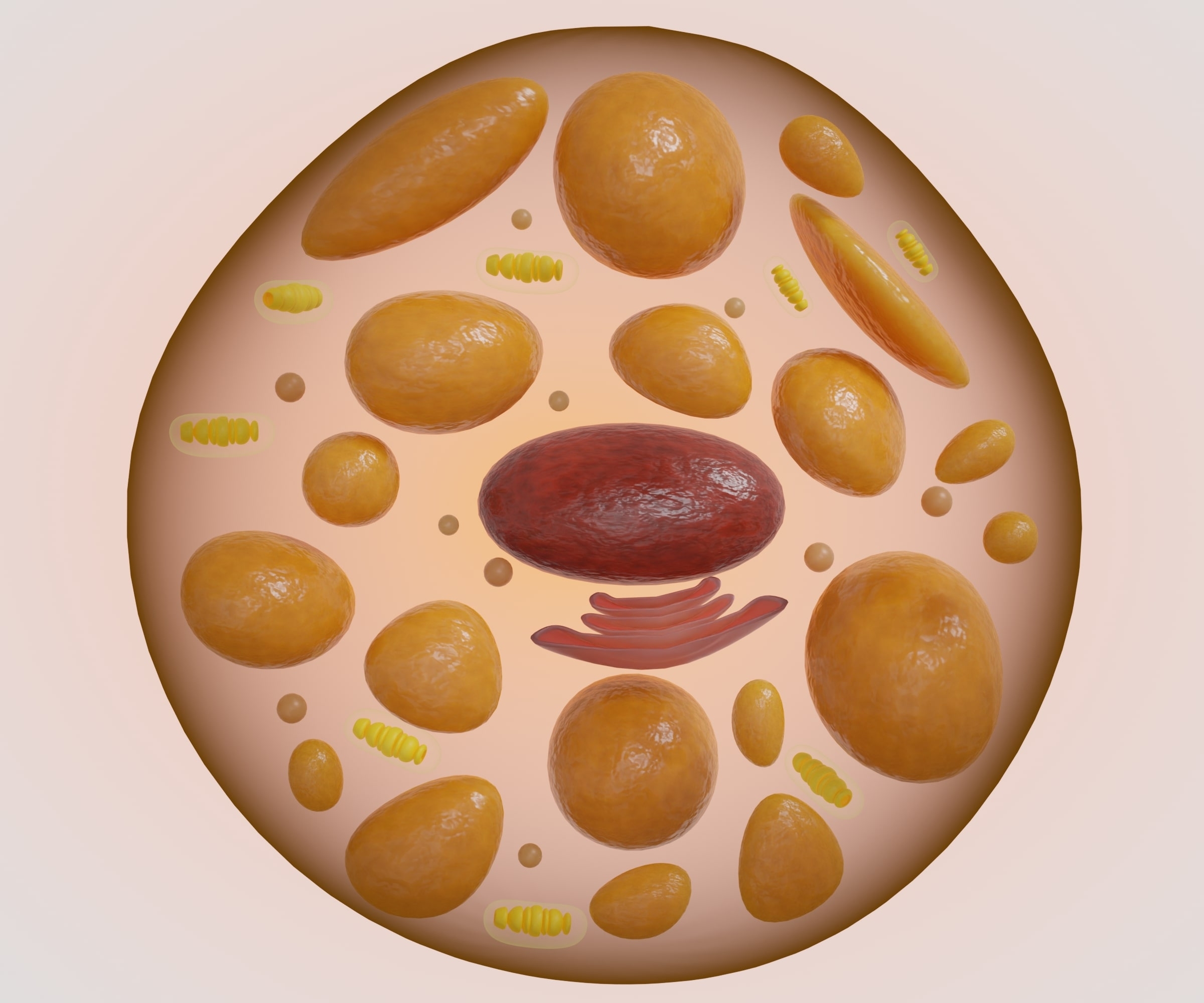Brown Fat
Brown fat, once considered a passive component of the body’s adipose tissue, has emerged as a fascinating and metabolically active player in our understanding of weight regulation and energy balance. Unlike its counterpart, white fat, which stores energy, brown fat possesses the unique ability to burn calories and generate heat. This revelation has sparked significant interest in the scientific community as researchers explore the potential role of brown fat in combating obesity and related metabolic disorders.
The distinguishing feature of brown fat lies in its abundant mitochondria, the cellular powerhouses responsible for energy production. These mitochondria give brown fat its characteristic color and enable it to engage in thermogenesis, a process that generates heat by burning stored fat. This thermogenic capacity is particularly crucial in infants, as brown fat helps regulate body temperature in response to environmental changes. However, recent studies have shown that adults also retain varying amounts of active brown fat, challenging the traditional belief that it diminishes with age.
Understanding the factors that influence brown fat activity is a key focus of current research. Cold exposure has been identified as a potent stimulator of brown fat activation. When the body is exposed to cold temperatures, brown fat kicks into gear to generate heat and maintain a stable core temperature. This natural mechanism has led scientists to explore the possibility of harnessing brown fat’s thermogenic capabilities as a strategy for weight management.
Research has shown that individuals with higher levels of brown fat may have a lower risk of obesity and related metabolic disorders. This observation has sparked interest in developing therapies that could enhance brown fat activity as a means of promoting weight loss. While cold exposure remains a natural method to activate brown fat, scientists are also exploring pharmaceutical interventions that could mimic the effects of cold and boost the thermogenic potential of brown fat.
Exercise has also emerged as a potential modulator of brown fat activity. Studies have indicated that regular physical activity may increase the amount and activity of brown fat in the body. This finding further underscores the multifaceted benefits of exercise, not only in calorie burning during the activity itself but also in potential long-term effects on metabolic health through the modulation of brown fat.
In addition to its role in weight regulation, brown fat is being investigated for its potential impact on glucose metabolism and insulin sensitivity. Some studies suggest that brown fat activation may improve blood sugar control, offering a new avenue for addressing insulin resistance and type 2 diabetes. These findings open up exciting possibilities for therapeutic interventions that target brown fat to address a range of metabolic disorders.
Despite the promising potential of brown fat, much remains to be understood about its intricacies and the best strategies for harnessing its benefits. The variability in brown fat activity among individuals and the challenges associated with sustained activation are areas of ongoing research. Moreover, the long-term safety and effectiveness of interventions aimed at increasing brown fat activity warrant careful investigation.
In conclusion, brown fat has transitioned from being viewed as a mere thermal regulator to a metabolic powerhouse with implications for weight management and metabolic health. The exploration of brown fat’s role in combating obesity and related disorders represents a promising frontier in biomedical research. As scientists continue to unravel the mysteries of brown fat, the potential for innovative therapeutic strategies to emerge offers hope in the ongoing battle against the global obesity epidemic.
